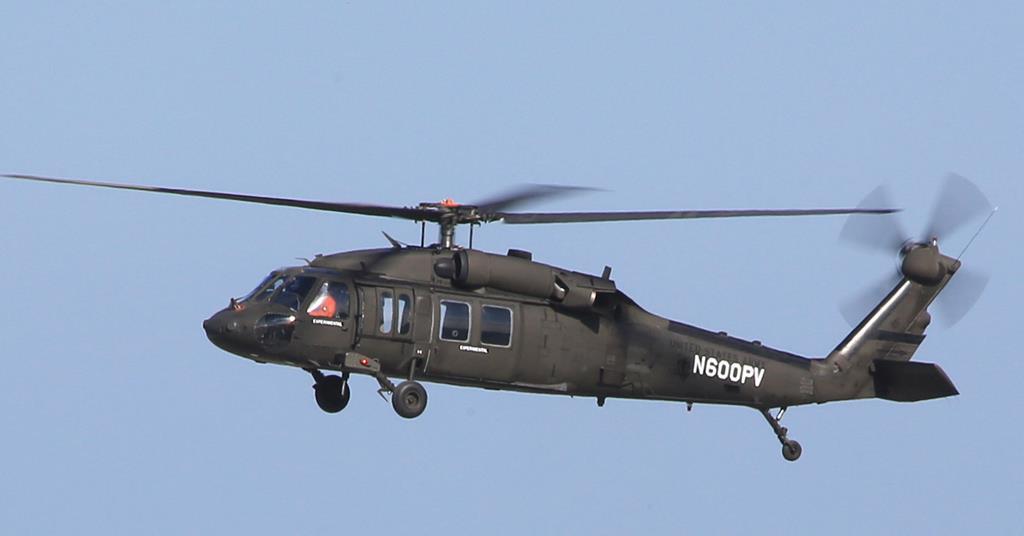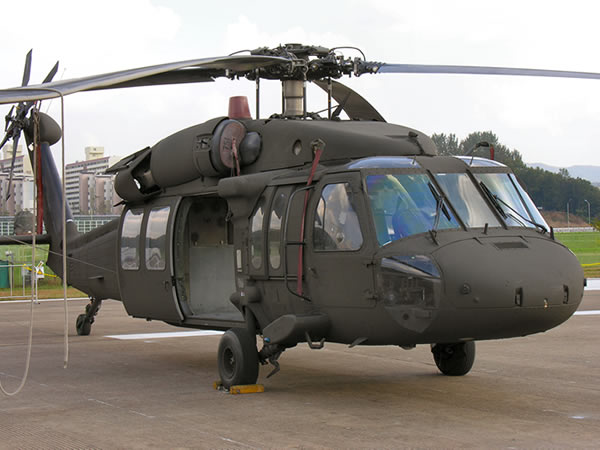Understanding the UH 60: Design, History, and Its Impact on Military Aviation
Understanding the UH 60: Design, History, and Its Impact on Military Aviation
Blog Article
Exploring the Background and Development of the UH 60 Helicopter

Origins of the UH-60
The beginnings of the UH-60 helicopter can be mapped back to the late 1960s, a duration marked by the need for a versatile utility aircraft that could adapt to the evolving demands of contemporary war. The united state Army acknowledged the need for a substitute for the older UH-1 Iroquois, which was coming to be increasingly inadequate for the complexities of contemporary combat scenarios. In 1967, the Military launched the Energy Tactical Transportation Airplane System (UTTAS) program, which looked for to create a multi-role helicopter with the ability of numerous missions, including troop transport, clinical evacuation, and logistical assistance.
The UH-60 Black Hawk was introduced, showcasing cutting-edge style elements and advanced innovation that set it apart from its precursors. The UH-60 rapidly got acknowledgment for its robust efficiency, reliability, and versatility, paving the way for its extensive usage in military procedures and solidifying its condition as a foundation of U.S. Army aviation.
Key Layout Functions
Innovative style attributes of the UH-60 Black Hawk considerably add to its operational efficiency. One of the most remarkable elements is its twin-engine setup, which improves reliability and supplies a greater power-to-weight ratio, making it possible for the helicopter to do under numerous conditions. The aircraft's four-blade main blades system offers enhanced lift and ability to move, necessary for tactical missions.

Furthermore, the cockpit is designed for optimum presence and functional designs, including sophisticated avionics that enhance pilot operations. The modular layout of the UH-60 enables very easy maintenance and adaptability, making it ideal for numerous mission accounts, from army transportation to medevac operations. These crucial design functions make sure that the UH-60 Black Hawk continues to be a dependable and functional property in military aeronautics, with the ability of satisfying the demands of modern-day warfare.
Technological Advancements
Recent technical innovations in the UH-60 Black Hawk have dramatically improved its operational abilities and convenience. The combination of innovative avionics, such as digital flight control systems and boosted situational understanding displays, enables pilots to run with raised precision and performance. These systems assist in boosted navigating, interaction, and data sharing, making it possible for the helicopter to function successfully in varied settings.
Additionally, go to this web-site the introduction of composite materials has actually minimized the total weight of the aircraft while preserving architectural honesty. This find this decrease enhances gas efficiency and extends operational range. The consolidation of advanced rotor modern technology, including making use of four-blade, fully expressed blades systems, has actually boosted lift performance and maneuverability, permitting much better handling in different flight conditions.

Furthermore, innovations in propulsion systems, such as the T700-GE-701D engines, have actually raised power outcome and dependability - uh 60. These engines contribute to exceptional performance in high-altitude and hot-weather problems
Last but not least, the combination of self-defense systems and enhanced sensor plans enhances the Black Hawk's survivability and goal efficiency. Collectively, these technical renovations ensure that the UH-60 Black Hawk continues to be an essential possession in modern aeronautics, qualified of adapting to the evolving needs of army and humanitarian goals.
Function in Armed Force Workflow
As the backbone of U.S. Army aviation, the UH-60 helicopter plays a vital duty in different army operations, functioning as a flexible platform for battle support, transport, and medevac goals - uh 60. Its design incorporates the capability to run in diverse settings, making it necessary for troop movement and logistical support in both conventional and unusual warfare

In clinical emptying circumstances, the UH-60 has actually confirmed very useful, significantly reducing the time to carry wounded soldiers from the battlefield to clinical facilities. Its advanced avionics and night vision capacities additionally make sure mission success under difficult conditions. Overall, the UH-60 helicopter continues to be an essential possession, continually adjusting to satisfy the developing needs of armed forces operations and boosting the efficiency of U.S. pressures worldwide.
Future of the UH-60
Looking ahead, the future of the UH-60 helicopter entails significant advancements in modern technology and capabilities made to improve its functional effectiveness. As armed forces operations progress, the UH-60 is anticipated to integrate advanced innovations, consisting of enhanced avionics, improved weapons systems, and advanced interaction tools. These enhancements will certainly enable greater situational awareness and objective flexibility, making sure that the UH-60 remains an essential asset on the battlefield.
One significant growth is the integration of fly-by-wire systems, which will certainly improve trip control accuracy and reduce pilot workload. Efforts to upgrade the airframe and engines aim to raise payload, speed, and range capacity, thus broadening the helicopter's operational range.
The future additionally holds assurance for raised interoperability with unmanned airborne systems (UAS), making it possible for coordinated objectives that leverage both manned and unmanned capabilities. Additionally, the consolidation of expert system and artificial intelligence could maximize trip characteristics and maintenance processes, resulting in decreased operational expenses.
Final Thought
The UH-60 Black Hawk helicopter represents a significant achievement in military air travel, recommended you read developing from the U.S. Military's first demands for a versatile energy aircraft. Its innovative layout functions and constant technical improvements have ensured its relevance in numerous armed forces operations over the years. As the demands of modern war modification, the future of the UH-60 will likely involve more enhancements and adaptations, reinforcing its condition as an important asset for armed forces worldwide.
The UH-60 Black Hawk helicopter stands for a substantial turning point in military air travel, emerging from the United state Army's pursuit for a much more versatile and reputable utility airplane in the late 20th century.The origins of the UH-60 helicopter can be mapped back to the late 1960s, a period marked by the demand for a functional utility airplane that could adapt to the advancing demands of modern-day warfare. Generally, the UH-60 helicopter stays an essential possession, continuously adapting to satisfy the advancing demands of military operations and boosting the effectiveness of United state pressures worldwide.
Looking ahead, the future of the UH-60 helicopter entails considerable advancements in innovation and capacities made to improve its functional effectiveness.The UH-60 Black Hawk helicopter represents a substantial accomplishment in army aviation, progressing from the United state Army's preliminary requirements for a versatile utility airplane.
Report this page